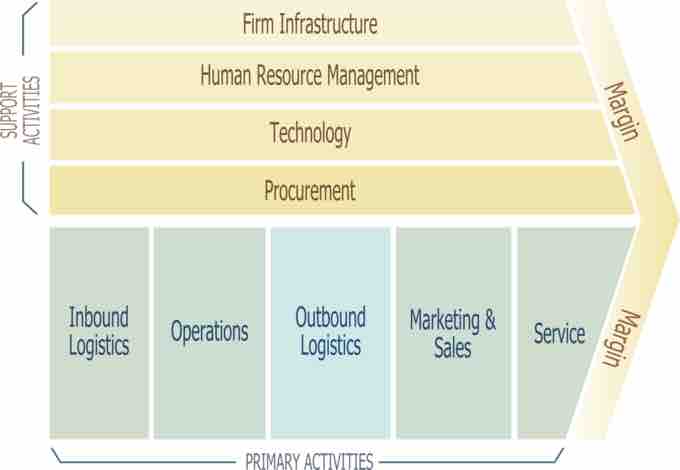Why Use Intermediaries?
Organizations use intermediaries in order to allow themselves to focus on their core competency and/or competitive advantages. This creates the economic advantage of specialization, and enables multiple strategic partners to collaborate on the design, production, and distribution of countless goods and services.
An Example
For example, assume you own a company that produces top quality audio equipment (speakers, surround sound, headphones, etc.). Your sound engineers are some of the best in the business, but you have limited resources. When it comes to retailing your items, you don't have the capital to purchase property and open stores. So you use a marketing intermediary, and work with companies that sell music equipment. You also don't have the capital to open a mass manufacturing facility, so you outsource your production to specialists in audio manufacturing. Instead of building a complex tax and finance team, you hire an accounting firm.
Next thing you know, your sound engineers, innovators, researchers and core managers are the only internal employees of your organization. The rest are value-adding intermediaries who limit your risk and allow you to focus on what you do best.
The Advantages of Intermediaries
Building relationships with various strategic partners along your value chain can be a significant source of competitive advantage and agility in the modern, hugely fast-paced world of business. A few key advantages in a general sense include:
- Specialization and Focus - As discussed above, often one of the primary advantages of utilizing intermediaries is the ability to increase focus on a business' core products and core competency. Additionally, whomever the intermediary is shares this advantage. As a result, organizations with many intermediaries can benefit from the specializations of their partners.
- Economies of Scale – On a per output basis, it is often the case that higher volume leads to lower costs per unit. If an organization were to build its own shipping and logistics department, the cost per shipment would almost certainly be higher than that of Fedex or UPS. These organizations have developed scale while perfecting their process, an advantage a small organization will find nearly impossible to duplicate.
- Risk Mitigation – Trying to do everything means taking all the corresponding risks that everything has to offer. For example, an organization that takes on its own accounting and financial management will incur the risk of making tax mistakes and the fines that come along with it.
- Agility – A larger organization with more moving parts, including retail, manufacturing, taxes and accounting, finance, marketing, operational management, HR, legal, database management, IT and all the other various potential requirements of modern business must face the challenge of coordinating all of these work groups towards a shared objective. This higher degree of organizational inertia is likely to significantly reduce a business' ability to progress and adapt to change.
While there are other advantages of intermediaries depending on the situation, this chart captures the broader reasoning behind the strategy of collaborating externally to fulfill certain operational requirements.

The Value Chain
The Value Chain is a great way to visualize where intermediaries could potentially exist within a given organization. Organizations tend to complete each of these tasks in some way, and outsourcing a variety of them is a useful starting point for specializing through intermediaries and strategic alliances.